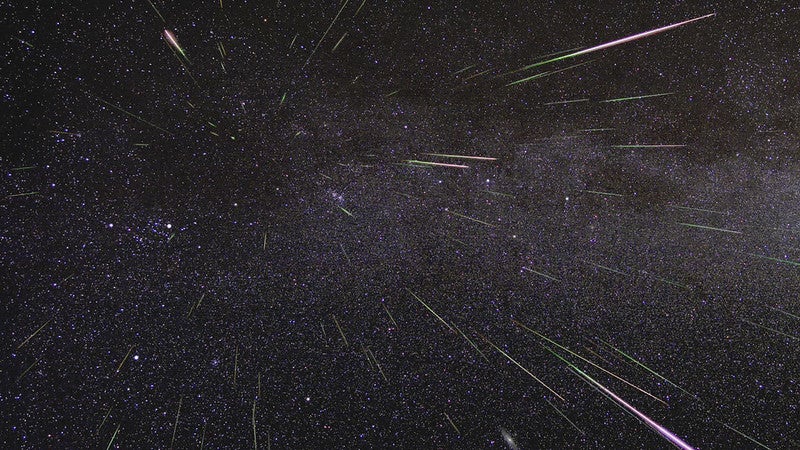
With an abundance of meteors and pleasant summer temperatures, the Perseid meteor shower is one of the most celebrated of the year. The second most frequent meteor shower after the Geminids in December, this year the Perseid meteor shower takes center stage, thanks to the timing of the event. phases of the moon.
This year, the Perseid meteor shower peaks on August 12 with the waning crescent moon, which sets before midnight and leaves the early morning hours (the best time to enjoy the spectacle) dark and moonless. In contrast, the Geminids peak on December 14 this year with a nearly full moon, which casts its bright light, obscuring the meteors, from about dusk to dawn.
That means the Perseids are shaping up to be the best meteor shower of the year, and one you can't miss. Here's how to watch the show.
When to see the Perseids
The official peak of the Perseids occurs on the morning of August 12 for observers in the U.S. This coincides with the best time overall to view a meteor shower, since in the morning, the Earth is rotating into the debris stream causing the shower, resulting in longer meteor trains streaking across the sky. However, the morning before and the morning after the peak (the 11th and 13th) will also feature high rates of Perseid meteors, so you may want to spread out your viewing over several days or plan backups if the specific peak date is cloudy or inconvenient.
How to see the Perseids
You don't need any equipment to observe a meteor shower; in fact, it's best to use your eyes, as you can quickly scan a large region of the sky without sacrificing field of view for magnification. At most, you may need a lounge chair or blanket, as well as something to keep you hydrated and perhaps some bug spray, depending on your location.
The Perseids appear to originate from a specific point, or radiant, in the constellation Perseus, which reaches about 60° above the horizon an hour before dawn this week. The higher the radiant, the more meteors you'll see — meteor showers are characterized by their peak zenith hourly rate, which estimates the number of meteors visible if the radiant were directly overhead (90°). Given how high the Perseid radiant will reach before dawn, the shower's peak rate of about 100 meteors per hour should dim by only about 15 percent, meaning it will still produce more than 80 meteors per hour. That's more than one meteor per minute!
(But keep in mind that this is an average: You're more likely to see a lot of meteors in a short period of time, followed by a brief lull, than exactly the same number of meteors every minute of an hour.)
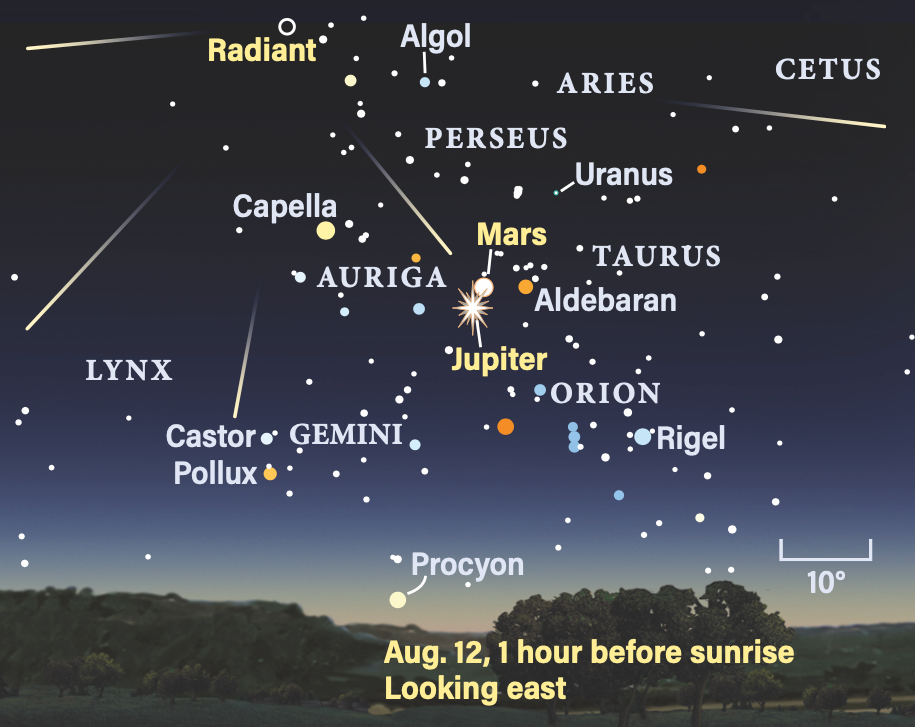
To find Perseus, look east an hour or two before sunrise. You'll see Gemini and Orion rising, with the V-shaped constellation of Taurus above the curving pattern of stars that outlines Orion's arc. Taurus is currently home to three planets, including bright Mars and Jupiter, which are just days away from a close conjunction on the 14th. They lie to the left of the bright reddish-orange star Aldebaran, which serves as the eye of Taurus. (See our Sky This Week Column (For more details on how to observe this conjunction, stay tuned to our site for additional information as the event approaches.)
Above Taurus in the sky lies Perseus, with the Perseid radiant in the northern region of the constellation. The radiant is located approximately 23° above the bright star Capella in the constellation Auriga, to the lower left of Perseus.
Once you have found the general area of the radiant, be sure to scan about 40° to 60° far From this point, the Perseids appear to be moving away from the radiant, so the longest and most impressive trails they leave in the sky will be seen at some distance from this point. The Perseids, in particular, are known for their bright, long-lasting trails. Like all meteors, these trails are caused by tiny particles of rock and dust burning up in our atmosphere. But don't worry, the debris fragments that create meteor showers are so small that they can't be seen. burn completely Before touching the ground.
The Perseids are generated from debris left over from previous visits by Comet 109P/Swift-Tuttle, which returns to orbit the Sun every 133 years. Its most recent perihelion (close pass) was in 1992, and it won't appear in our skies again until 2125. However, Swift-Tuttle is a large comet at about 16 miles (26 kilometers) across, which means it has a lot of material to shed each time it heats up near the Sun. That material, which lingers roughly the length of the comet's orbit, intersects Earth's orbit in August, creating the Perseids we see.
Below are the sunrise and sunset times, as well as moonrise and moonset times, at the peak of the Perseids and one day either side of that peak. In general, the Perseids are active from late July through late August, so you might continue to see a few stragglers over the next two weeks or so, but the real show will be on August 11-13, so make sure you don't miss it!
Sunday, August 11
Sunrise: 6:08 AM
Sunset: 20:01 hours
Moonrise: 13:04
Moonset: 23:12
Moon phase: Crescent Moon (41%)
*Sunrise, moonset, and moonrise and moonset times are given in local time from 40° N 90° W. Moonrise and moonset times are given in local time from 40° N 90° W. Moonrise and moonset times are given in local time from the same location.
Monday, August 12: Perseids peak
Sunrise: 6:09 AM
Sunset: 20:00 hours
Moonrise: 14:08
Moonset: 23:42
Moon phase: Waxing gibbous moon (51%)
Tuesday, August 13th
Sunrise: 6:10 AM
Sunset: 19:59
Moonrise: 3:14 pm
Moonset: —
Moon phase: Waxing gibbous moon (61%)







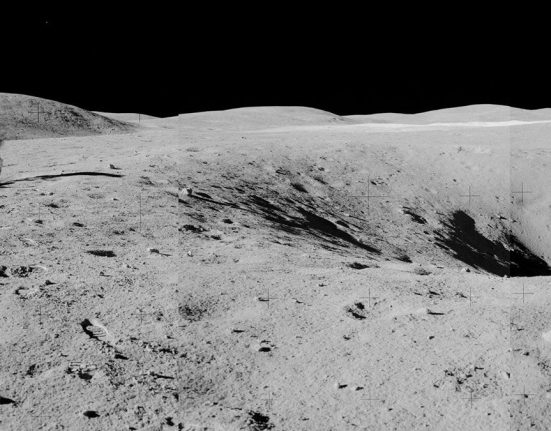
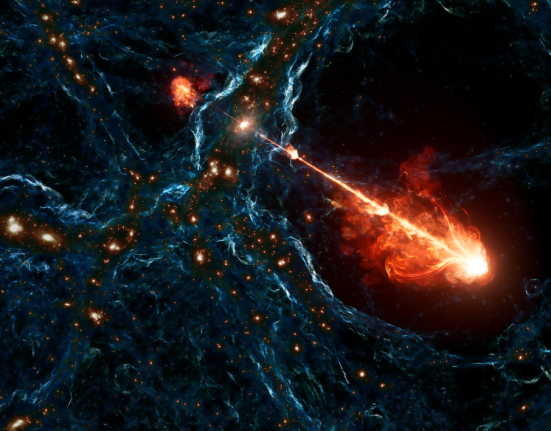
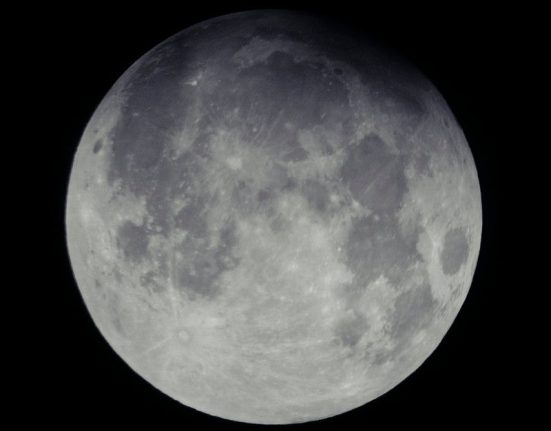
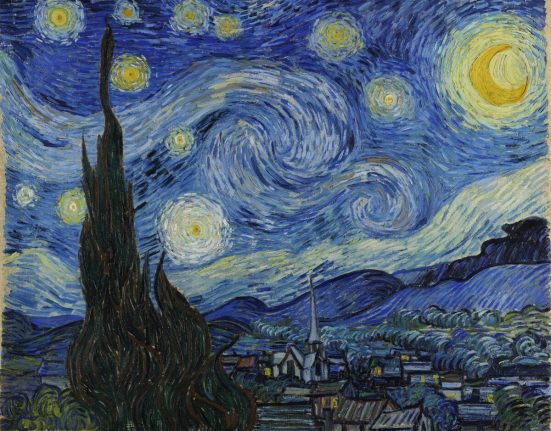
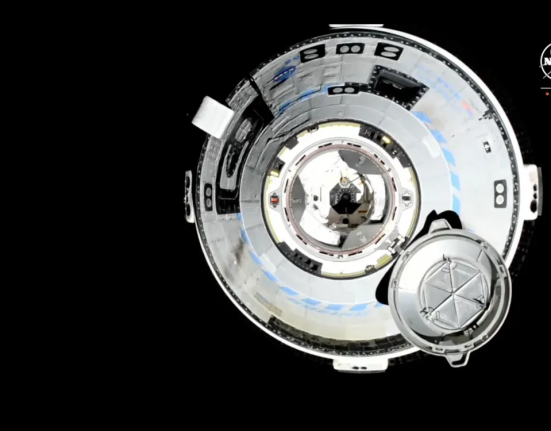
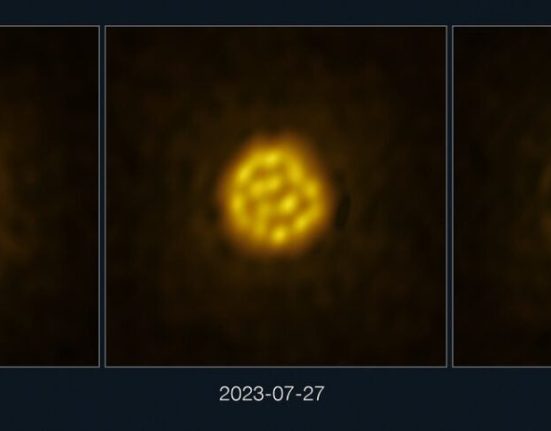
Leave feedback about this